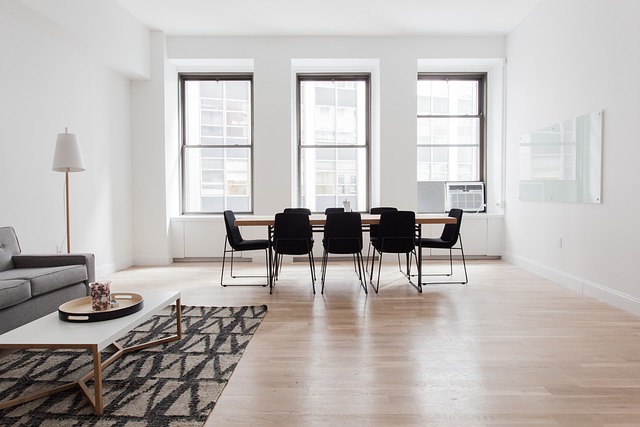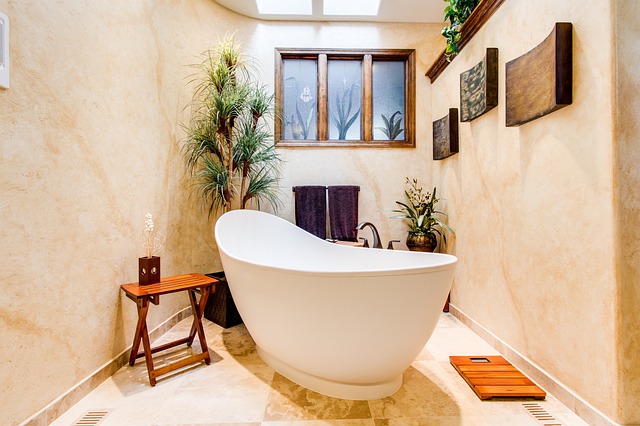Transitional Design: The Perfect Blend Of Traditional And Contemporary Styles
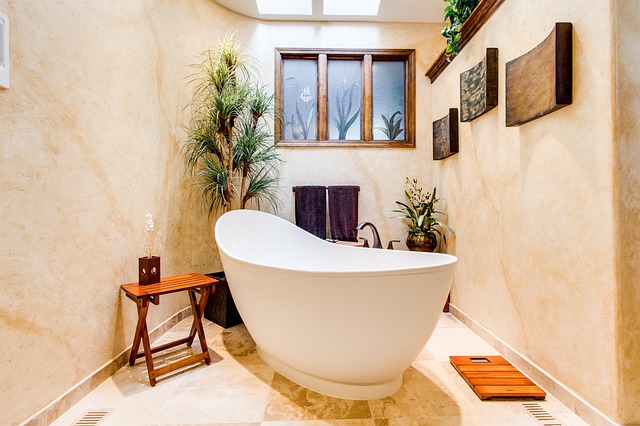
Are you tired of having to choose between traditional and contemporary styles for your home? Look no further – transitional design is here to save the day! With its perfect blend of classic and modern elements, transitional design offers a seamless and harmonious look that will satisfy your desire for both elegance and functionality.
In this article, we will guide you through the principles of transitional design and provide you with tips on how to achieve a cohesive and inviting space that will serve your needs and impress your guests.
So get ready to transform your home into a stylish sanctuary with the magic of transitional design.
Key Takeaways
- Versatile furniture options such as ottomans with hidden storage compartments and sofa beds are ideal for optimizing transitional spaces and accommodating the needs of visitors.
- Achieving a cohesive and inviting transitional design involves selecting furniture and decor that seamlessly blend together, combining traditional and contemporary pieces, and creating a clean and timeless backdrop with a neutral color palette.
- Mixing traditional and contemporary elements in furniture and decor can be achieved by looking for furniture that combines elements of both styles, blending traditional and contemporary decor pieces, and creating a harmonious balance between the two styles.
- Using a neutral color palette as the base for a transitional design allows for versatility in decor choices, enhances the overall transitional style, and allows other design elements to stand out. Adding modern accents through accessories, lighting fixtures, artwork, and throw pillows can update the space while maintaining the transitional style.
Understanding the Principles of Transitional Design
Now, let’s dive into the principles of transitional design and understand how to perfectly blend traditional and contemporary styles in your home.
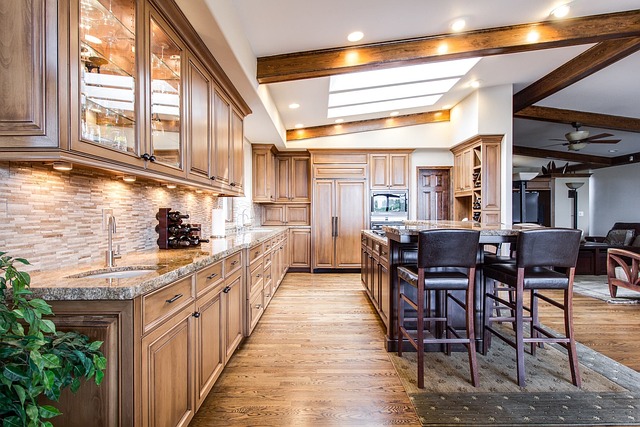
Understanding transitional style is all about creating a harmonious balance between the old and the new. It’s about finding the perfect blend of traditional and contemporary elements to create a space that is timeless and inviting.
In transitional design, you can showcase the elegance and sophistication of traditional design, while also incorporating the clean lines and simplicity of contemporary style. It’s about creating a space that feels both warm and inviting, yet also fresh and modern.
Incorporating Classic Elements into a Modern Space
To achieve a harmonious balance between timeless and modern aesthetics, you should consider incorporating classic elements into your contemporary space. By blending the old with the new, you can create a truly unique and inviting atmosphere.
Classic elements, such as elegant chandeliers, ornate mirrors, and traditional furniture, add a touch of sophistication and charm to your modern space. These elements bring warmth and character to an otherwise minimalist design. Consider using rich, dark woods and plush fabrics to create a cozy and inviting ambiance.

Don’t be afraid to mix and match styles to create a truly personalized space that reflects your own unique taste. By incorporating classic elements into your modern space, you can create a harmonious and visually appealing environment that is both stylish and timeless.
Balancing Traditional and Contemporary Furniture
You can achieve a harmonious balance in your space by incorporating both traditional and contemporary furniture. Balancing these two furniture styles is key to creating a cohesive and inviting atmosphere.
Start by selecting a dominant style, whether it be traditional or contemporary, and then incorporate elements from the other style to create a harmonious look. For example, you can pair a sleek and modern sofa with a traditional coffee table or vice versa.
Mixing different textures, colors, and materials will also help in achieving balance. Remember, the goal is to create a space that reflects your personal style while still maintaining a sense of unity.

So go ahead and experiment with different furniture pieces to find the perfect balance for your home.
Choosing the Right Color Palette for a Transitional Design
Consider incorporating a mix of warm and cool tones to achieve a balanced color palette in your transitional space.
Choosing the right color scheme is crucial in creating a harmonious and inviting atmosphere. To evoke a sense of serenity and relaxation, opt for soft neutrals like beige, cream, and taupe.
Incorporating bold accents adds a touch of excitement and personality to the room. Use vibrant hues such as teal, mustard yellow, or deep burgundy as accent colors in your furniture, artwork, or accessories.
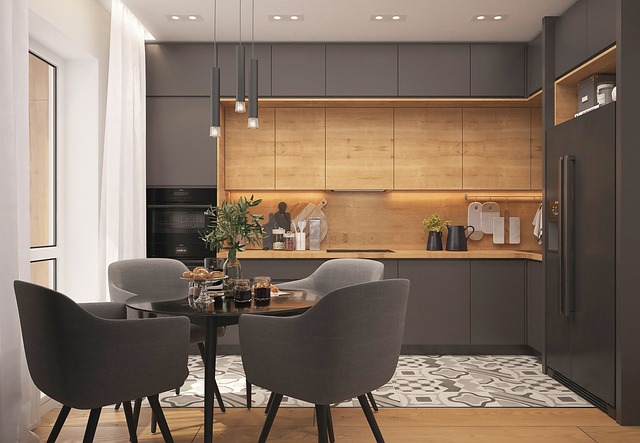
Remember to balance the boldness with more subdued tones to maintain visual harmony.
Utilizing Texture and Patterns in Transitional Spaces
Incorporate a mix of textures and patterns to add depth and visual interest to your transitional space. By incorporating unique textures, such as chunky knits or smooth velvet upholstery, you can create a tactile experience that invites guests to touch and feel the different elements in your space.
Mixing bold patterns, like geometric prints or floral motifs, can also bring a sense of energy and excitement to the room. Consider using patterned wallpaper, throw pillows, or area rugs to introduce these eye-catching designs.
Remember, balance is key when incorporating textures and patterns. Aim for a harmonious blend of different elements, ensuring that they complement each other rather than compete for attention.
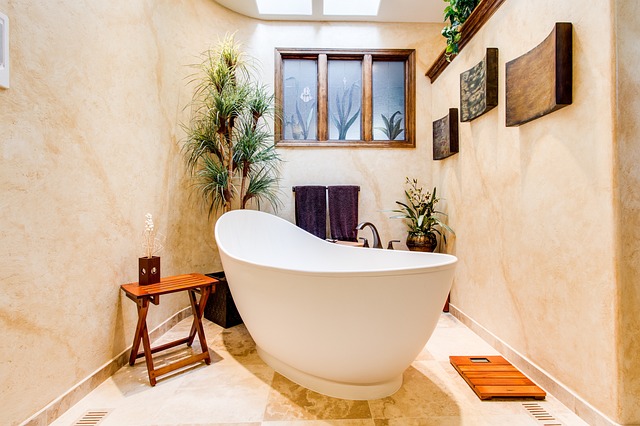
With these tips, you can create a transitional space that is visually captivating and inviting.
Creating a Seamless Flow between Different Design Styles
To seamlessly blend different design styles, start by selecting furniture and decor pieces that effortlessly complement each other. Creating a harmonious blend of traditional and contemporary styles requires a thoughtful approach and careful consideration.
Begin by incorporating modern elements into your existing space. Choose furniture with clean lines and sleek finishes to add a touch of modernity. Introduce contemporary colors and patterns through throw pillows, rugs, and artwork. Don’t be afraid to mix bold prints and textures with more traditional pieces.
Balance is key when combining different styles, so be sure to distribute elements evenly throughout the space. Additionally, consider the scale and proportion of each item to ensure a cohesive feel.
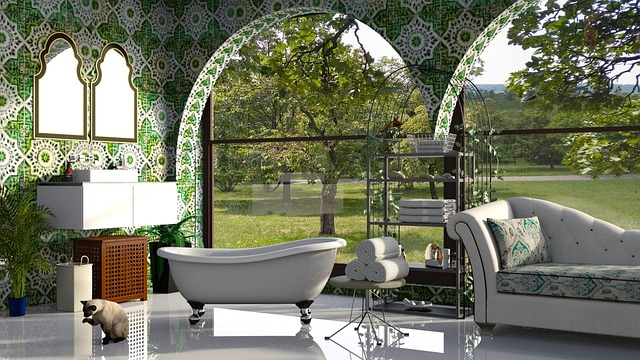
Mixing Old and New: The Art of Eclectic Decor
Now that you have learned how to create a seamless flow between different design styles, it’s time to explore the art of eclectic decor. This style allows you to mix vintage and modern elements, creating a unique and personalized space that truly reflects your personality.
By incorporating antique pieces into your design, you can add a sense of history and character to your home. Here are three ideas to help you master the art of eclectic decor:
- Pair a vintage rug with contemporary furniture to create a striking contrast.
- Mix and match different styles of artwork on your walls to create an eclectic gallery.
- Use antique accessories, such as lamps or decorative items, to add a touch of nostalgia to your space.
Using Lighting to Enhance a Transitional Space
Enhance your transitional space by experimenting with a combination of different lighting fixtures.
Layered lighting is key in creating a warm and inviting atmosphere that serves as a welcoming space for others.
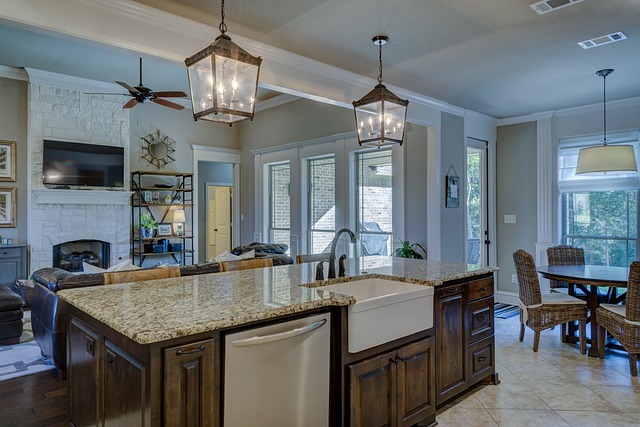
Start by incorporating statement fixtures such as a chandelier or pendant light as a focal point. These fixtures not only add an element of elegance but also create a visual interest in the room.
Next, add task lighting such as table lamps or floor lamps to provide functional and focused illumination.
Finally, don’t forget about ambient lighting. Use recessed lights or wall sconces to create a soft and inviting glow that fills the room.
Adding Accents and Accessories for a Personal Touch
Adding accents and accessories is a great way to personalize your space and make it feel uniquely yours. When it comes to serving others, incorporating unique details into your home can create a warm and welcoming atmosphere for your guests.
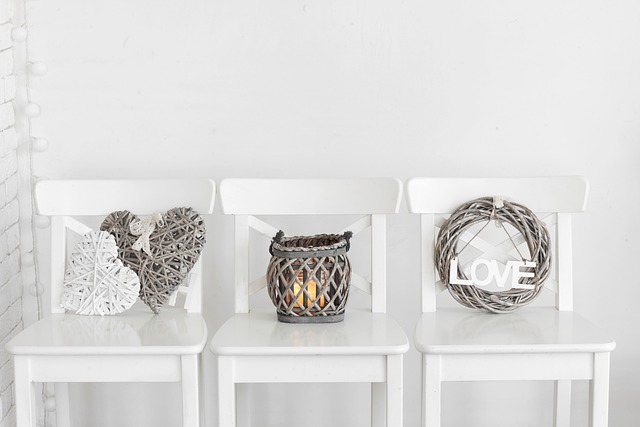
Consider adding personalizing accents such as throw pillows, artwork, or decorative vases that reflect your personality and interests. These small details can make a big impact, adding character and charm to your transitional design.
Don’t be afraid to mix and match different styles and textures to create a visually appealing space. Remember, it’s the little things that can truly make a difference in transforming a house into a home. So go ahead and add those personal touches and make your space truly your own.
Incorporating Natural Materials in Transitional Design
Incorporating natural materials in your space can bring a warm and organic feel to your home. By blending organic and industrial elements, you can create a unique and inviting atmosphere that serves as a sanctuary for you and your loved ones.
Here are some ways to incorporate natural textures into your transitional design:
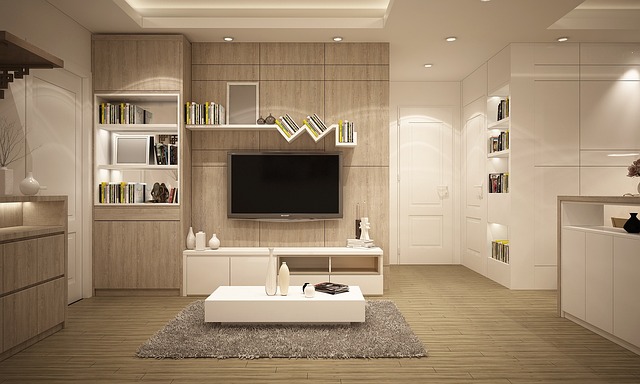
- Use reclaimed wood for flooring or accent walls to add a rustic touch.
- Integrate stone or marble countertops to create a sleek and natural look.
- Incorporate woven rattan or jute rugs for added texture and warmth.
- Display indoor plants or succulents to bring life and freshness into your space.
Maximizing Functionality in a Transitional Space
Maximizing functionality in a transitional space can be achieved by optimizing storage solutions and utilizing multi-purpose furniture.
By strategically organizing your belongings, you can create a clutter-free environment that promotes efficiency and ease of use. Consider installing built-in shelves, cabinets, and drawers to maximize vertical storage space and keep your belongings neatly organized.
Additionally, multi-purpose furniture, such as ottomans with hidden storage compartments or sofa beds, can provide versatile solutions for seating, lounging, and sleeping. These space-saving options not only optimize the use of your transitional space but also serve the needs of others who may visit or stay with you.
Tips for Achieving a Cohesive and Inviting Transitional Design
To achieve a cohesive and inviting transitional design, it’s important to select furniture and decor that seamlessly blend together. Here are three tips to help you achieve this balance and incorporate modern elements into your space:
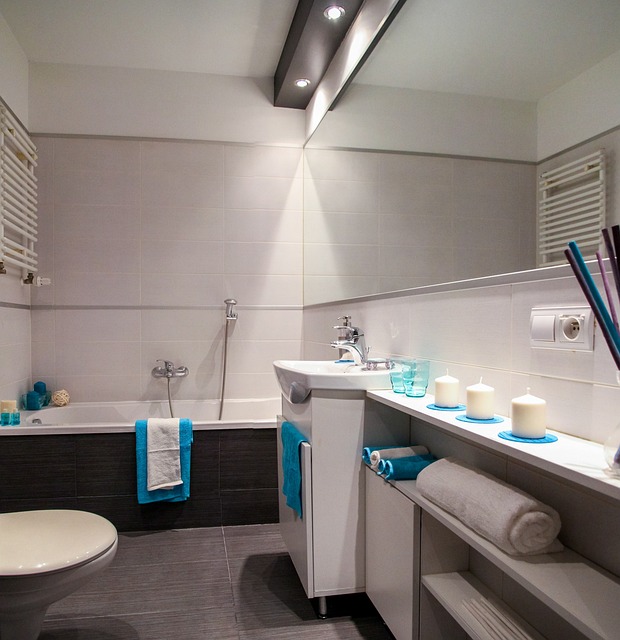
- Mix traditional and contemporary pieces: Look for furniture and decor that combine elements of both styles. For example, a traditional sofa with clean lines or a contemporary coffee table with vintage accents.
- Use a neutral color palette: Choose neutral colors like beige, gray, or cream as the base for your design. This will create a clean and timeless backdrop for your transitional space.
- Add modern accents: Incorporate modern elements through accessories like lighting fixtures, artwork, or throw pillows. These small touches will bring a fresh and updated feel to your space while still maintaining the overall transitional style.
Frequently Asked Questions
What are some examples of classic elements that can be incorporated into a modern space in transitional design?
Incorporate classic elements like ornate molding, antique furniture, and vintage artwork into a modern space to create a transitional design. Use natural materials such as wood, stone, and leather to add warmth and texture.
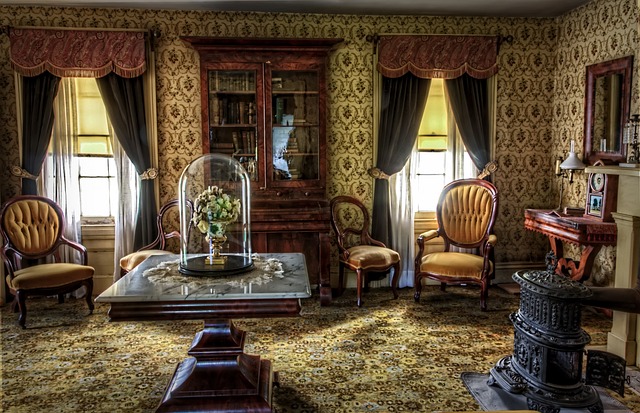
Can I use bold and vibrant colors in a transitional design, or should I stick to more neutral tones?
You’ll be happy to know that using bold and vibrant colors in transitional design is definitely an option! While neutral tones are often used, adding pops of color can create a unique and dynamic space.
How can I create a seamless flow between different design styles in my transitional space?
To create a seamless flow between different design styles in your transitional space, try blending textures by mixing materials like wood and metal. Incorporate statement lighting fixtures to add a touch of elegance and personality to the overall design.
What are some tips for mixing old and new furniture and decor in a cohesive way?
Mixing vintage and contemporary furniture is easy! Start with a cohesive color palette. Choose a main color and add accents. Balance the pieces by mixing textures and styles. Embrace the contrast for a unique and timeless look.
Are there any specific natural materials that work well in transitional design, and how can I incorporate them into my space?
Incorporating natural materials in transitional design adds warmth and texture to your space. Consider using materials like wood, stone, or jute. To create contrast, use bold colors sparingly as accent pieces or in artwork.

Conclusion
As you conclude your journey into the world of transitional design, you find yourself standing at the intersection of tradition and modernity.
Like a skilled conductor, you have orchestrated a symphony of classic and contemporary elements, creating a harmonious blend that is both timeless and refreshing.
The colors, textures, and patterns have danced together, telling a story of elegance and innovation. With each carefully chosen accent and accessory, you have added a touch of your own unique essence to this allegory of design.
As you step back and admire the masterpiece you have created, you realize that in the realm of transitional design, the possibilities are endless, and the result is always enchanting.
